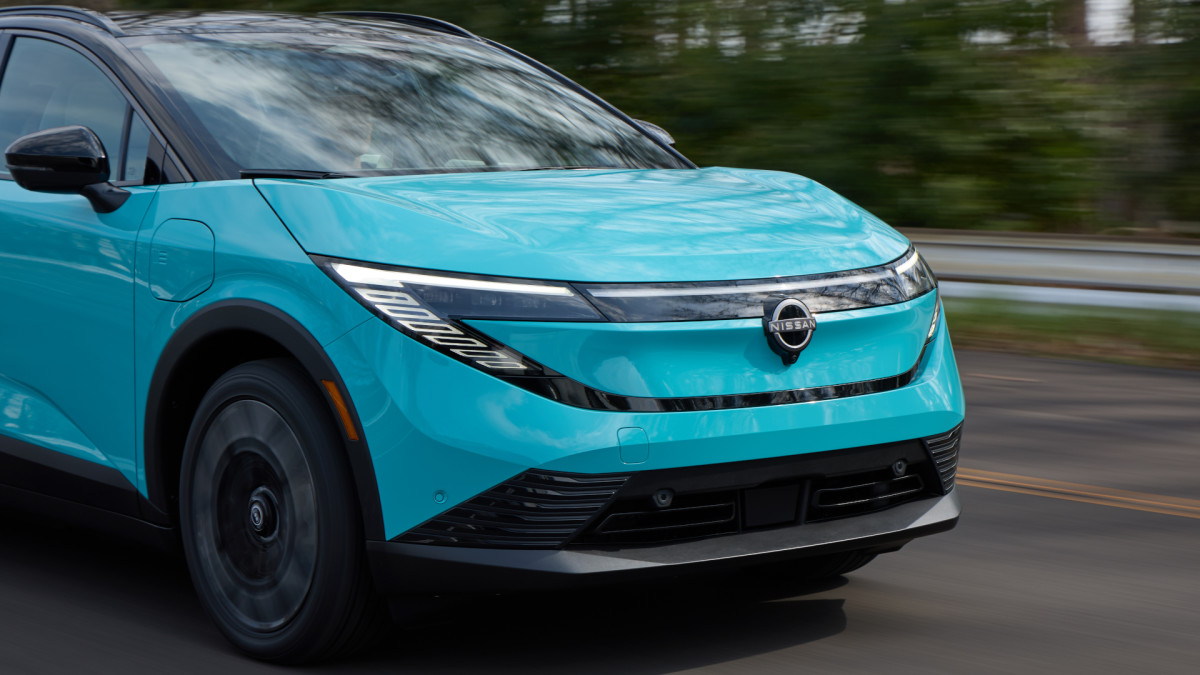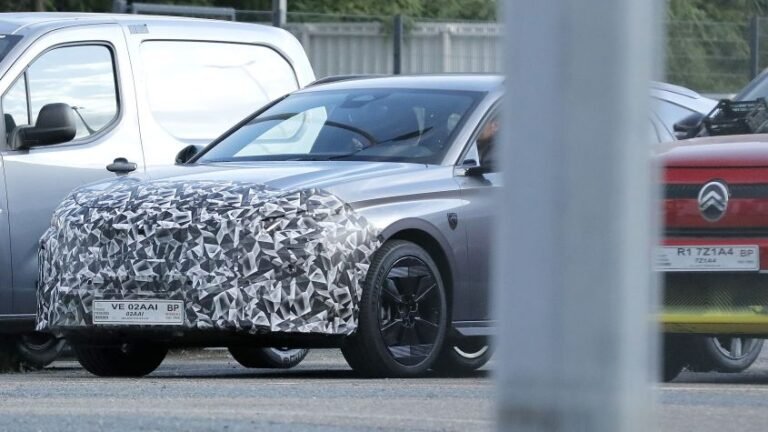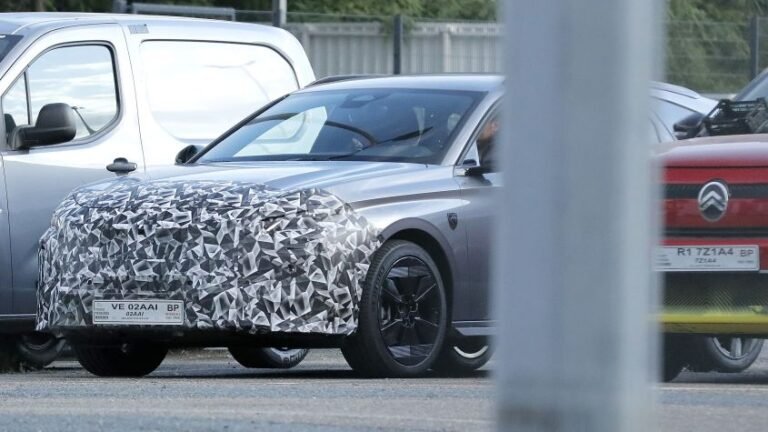The Nissan Leaf Has Become The Only Thing It Could
The current Nissan Leaf is not a bad car, but the market has moved on. It’s no longer enough for an EV to be only cheap – it also needs to work just as well as any other car, and that means decent range, space for a whole family, and looks that don’t make your kids ask to be dropped off a block away from school. Happily, Nissan got the memo, and for 2026, the Leaf only shares its name with the old EV. It’s now morphed into a crossover, instantly becoming more worthwhile for most shoppers, yet despite being taller, it’s more aerodynamic and, perhaps surprisingly, it looks sportier than the old car.
New Nissan Leaf Is Both Slippery And Stylish

The smooth body of the new crossover has a drag coefficient of just 0.26, down from the old model’s 0.29. This is achieved, in part, thanks to a sleek front with inspiration from the Murano, a roofline inspired by that of the Nissan Z (with an optional dimmable panoramic glass roof), and, for the first time on a Nissan production vehicle, motorized flush door handles. 18-inch wheels are standard, with 19s optional. At the rear, a subtly integrated spoiler appears at he bottom of the glass, while the taillights feature a graphic with two vertically oriented rectangles and three horizontally oriented rectangles, referencing the automaker’s name by calling to mind the Japanese pronunciation of the numbers 2 and 3 – ni and san.
2026 Nissan Leaf Paint Options:
- Seabreeze Blue Pearl with Black roof
- Coulis Red Pearl with Black roof
- Everest White Pearl Tricoat with black roof
- Boulder Gray Pearl with black roof
- Deep Ocean Blue Pearl
- Everest White
- Gun Metallic
- Black Diamond Pearl
All-New Nissan Leaf Interior Is Sleek
Nissan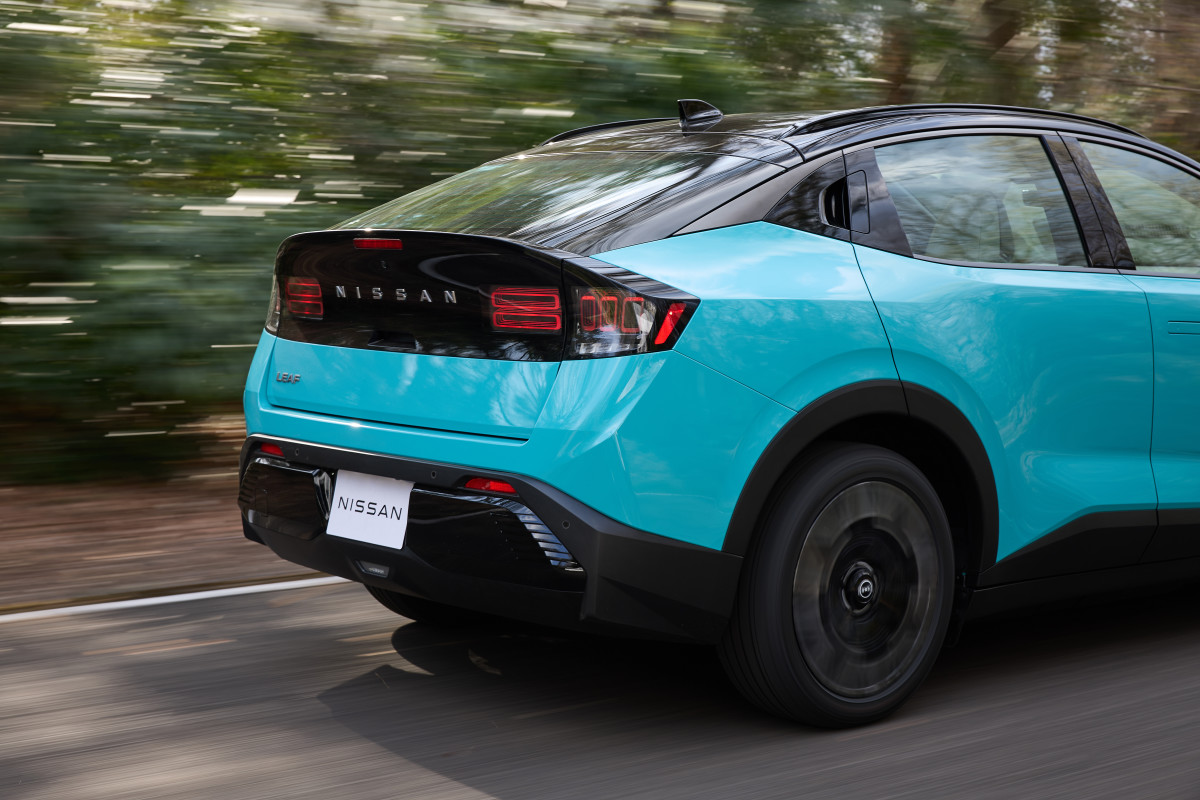
As you’d expect for such a comprehensive redesign, the seats offer more room, particularly for those in the second row. Behind the second row, the new Leaf offers 55.5 cubic feet of cargo volume with the seats in place, and there’s more space beneath the trunk floor. By contrast, the current Leaf only provides 23.6 cubic feet with the seats up and 30 cubic feet with them down. At the front, the transmission controls are now buttons on the dash, and although most functions are controlled by touch-sensitive surfaces, we’re glad to see that a physical volume knob has remained.
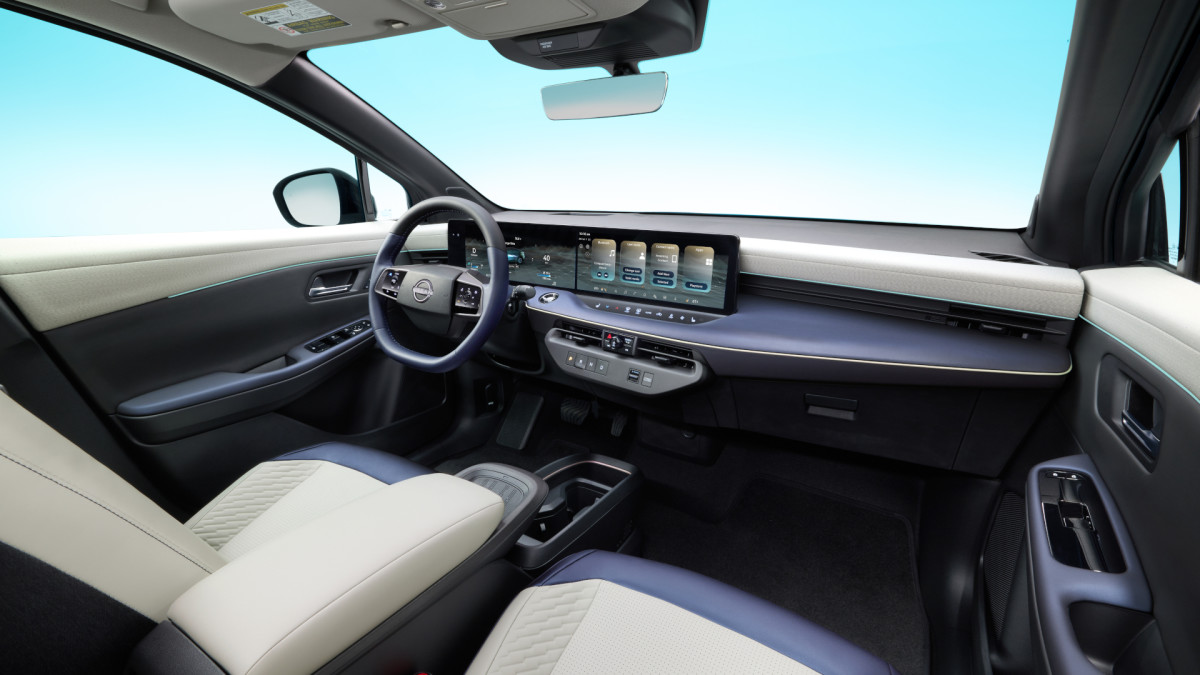
As standard, the Leaf gets dual 12.3-inch screens with wireless Apple CarPlay and wireless Android Auto, along with two front USB Type-C ports. On higher grades, buyers get a wireless smartphone charger, another two USB ports for charging in the rear, and slightly larger dual 14.3-inch screens. The range-topping model also gets a 10-speaker Bose sound system with front headrest speakers that make phone calls and navigation directions easier to hear for the driver. Along with the usual safety tech like automatic emergency braking, blind-spot monitoring, and lane-keep assist, a 3D surround-view camera with an Invisible Hood View function makes navigating through tight spaces (like drive-throughs) a little easier.
Range And Recharging Won’t Be A Chore
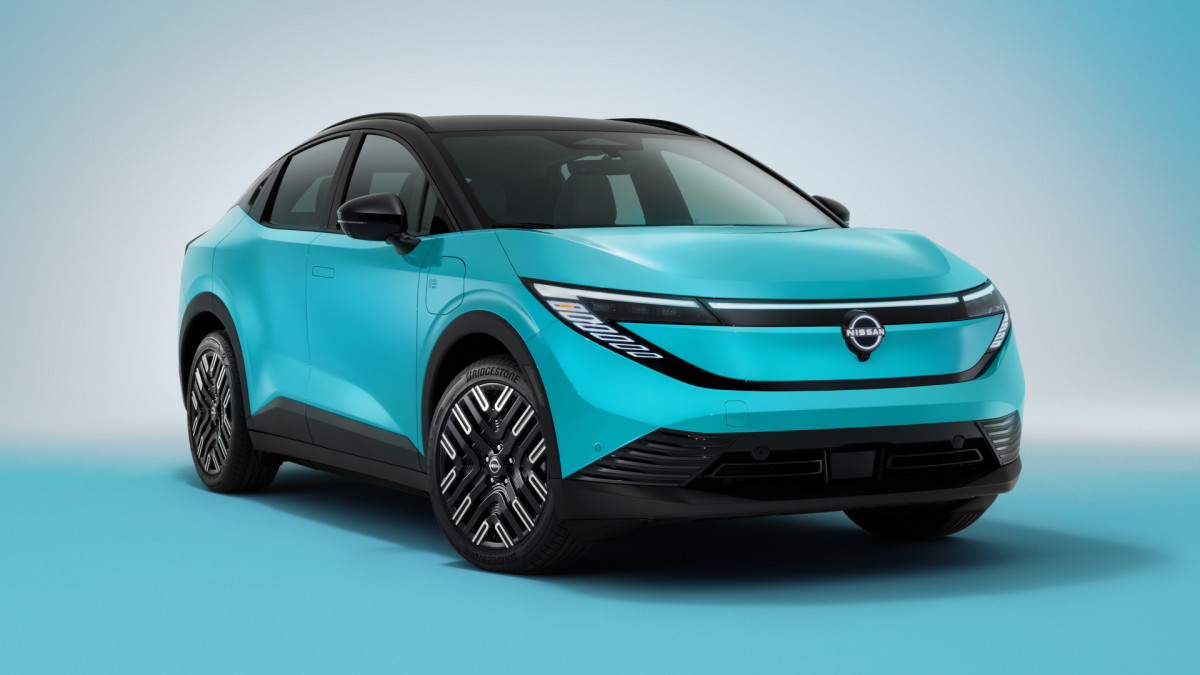
The all-new Leaf gets a 75 kWh liquid-cooled lithium-ion battery pack that can charge at up to 150 kW. On a Level 3 charger, Nissan claims a 10-80% charge would take 35 minutes. Best of all, you get the luxury of choice, as the new Leaf comes with both the commonplace J1772 charging port (on the driver’s side) and a Tesla Supercharger-compatible NACS charging port (on the passenger side). This is also the first Nissan with a Plug & Charge function, so you don’t need to swipe a card or open an app to start refilling the battery.
Nissan
While the old Leaf only managed 109 horsepower in base form and 147 hp with all the trimmings, this comes with a single 214-hp motor. With this, Nissan claims up to 303 miles of range. Those looking for something cheaper will want to wait for the 52 kWh battery pack and its 174-hp motor, which Nissan only says will arrive later. As for the launch versions of the Leaf, Nissan expects to put the crossover on dealer floors in the fall of this year. Unfortunately, Nissan hasn’t yet announced a base MSRP for the vastly improved Leaf, but we suspect the automaker is waiting for trade policies and other economic factors to stabilize somewhat before committing to a number. For the record, the 2025 Nissan Leaf starts at $28,140, and we fully expect Nissan to aim for another sub-$30k base MSRP.
